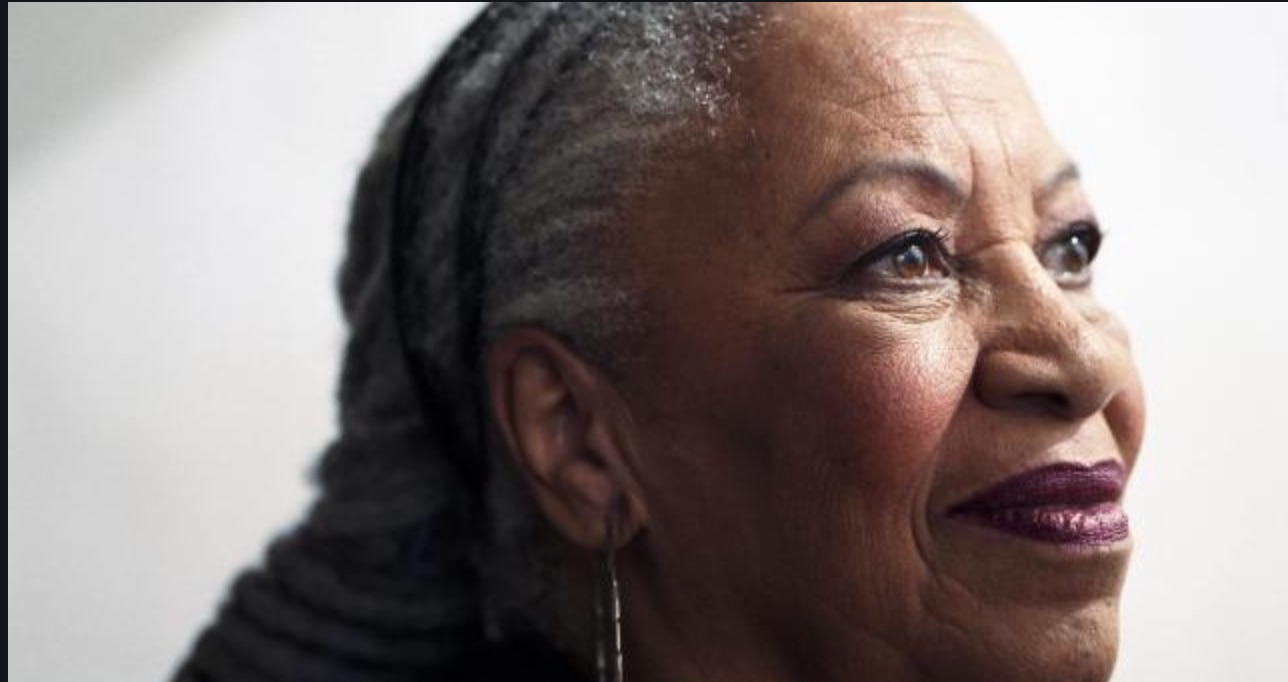NATCHITOCHES – “She opened doors others could not have opened. What a gift to the world she was,” said Dr. Holly Stave referring to Toni Morrison, the venerated novelist, editor and professor, who died Tuesday at age 88. Stave, a professor of English in the Louisiana Scholars’ College at Northwestern State University, is a preeminent Morrison scholar, having studied her work since 1988 and been active in publishing and presenting articles on Morrison’s work.
Morrison, the first African American woman to win the Nobel Prize in Literature, penned novels, children’s literature, short fiction, plays, the libretto for an opera and numerous non-fiction essays and articles. Her 1970 debut novel “The Bluest Eye” about an impoverished and abused black girl who longs for blue eyes, was not a best seller but gained prestige when it was added to the City University of New York’s curriculum. Several acclaimed novels followed and in 1987, she published “Beloved,” a critical and commercial success that won the Pulitzer Prize for fiction and other awards. The story, inspired by true events, is about an enslaved African American woman kills her child rather than see her live in slavery.
“What I mean by opening doors had to do with her portrayal of black life,” Stave said. “She challenged stereotypes and the members of the communities she portrayed were flawed, as we all are, but they also were smart, funny, loving, in many cases, and capable of redemption in almost all cases. I’ve heard black readers say they’d never seen black lives rendered in such a way that they identified so much with them. And as for white readers, I think many of us read from two perspectives—as white readers looking at a world unavailable to us, and as humans who saw a world we recognized and could identify with, regardless of race. She did not play the race card but she made readers confront their own prejudices and invalid assumptions.”
“I think what draws people to her work is the insight and depth of feeling she brings to writing about the black experience,” said. Dr. Allison Rittmayer, a professor of English and film in NSU’s Department of English, Foreign Languages and Cultural Studies. “Her voice had a profound impact on the course of contemporary literature, and has inspired so many writers and scholars, especially black women, who are still marginalized by the academy and the literary world.”
“Her works of literature were iconic and frequently requested by both students and faculty. Her stories are beloved by many,” said Deborah Huntington, head of collection development and cataloguing at NSU’s Eugene P. Watson Memorial Library.
Morrison was born was born Chloe Anthony Wofford on Feb. 18, 1931, in Lorain, Ohio. She attended Howard University in Washington, D.C., graduating in 1953, and earned a master’s degree at Cornell University in 1955. She began her career as a college instructor and worked from 1963-1983 as a book editor for Random House. She published “The Bluest Eye” at age 39.
During her career, Morrison held several prestigious academic appointments, lectured frequently, appeared on the cover of Time magazine and won numerous awards. She was honored with the 1996 National Book Federation’s Medal of Distinguished Contribution to American Letters and in 2012 was presented the Presidential Medal of Freedom by President Barack Obama. In 2016, she received the PEN/Saul bellow Award for Achievement in American Fiction.
Stave is currently coediting a collection of essays on Morrison that will be published next year. In writing about Morrison, Stave has explored the feminist, religious and spiritual implications of Morrison’s work.
“People were drawn to her work for its honesty, but also its lyricism,” Stave said. “Her language is just beyond compare—the only writer I think of who might be a peer in that area is Faulkner and some critics have explored the connection between those authors in their writing. She doesn’t pull any punches. Her works are brutal, but they reflect the world we know. Her characters live—they are never cardboard cut-outs representing ideological positions. She veers on the margins of social realism and magic realism, and she makes us see with incredible clarity what is in front of our faces.”

Dr. Holly Stave, a professor of English in the Louisiana Scholars’ College at Northwestern State University, is a preeminent Toni Morrison scholar.

